Weld Dye
French Weld Dye comes from the yellow flowers of the weld plant, Reseda luteola. For centuries, dyers have treasured weld as the most powerful of the natural yellow dyes. Its flowers contain luteolin, a strong flavonoid that delivers bright, lightfast yellow tones.
Unlike many other yellow dyes, weld bonds well with all natural fibers including notoriously difficult ones like cotton. Farmers grow our French Weld Extract organically in the Languedoc region of southern France.
Compared to conventionally grown weld, our extract delivers up to 50% more dye strength. Use it at 5% weight-of-fabric to achieve vibrant, colorfast yellows.
Background on Weld Dye
The Grand Yellow
Reseda luteola, commonly known as weld, is a wildflower native to Europe and western Asia. Its bright yellow blooms contain luteolin, a powerful flavonoid that serves as an excellent natural dye.
For centuries, dyers have praised weld as the finest source of yellow due to its strong lightfastness and durability. In France, artisans considered it one of the grande teintes the “greater dyes.”
France led the way in weld cultivation and trade throughout the Medieval and early modern eras, until synthetic aniline dyes replaced natural alternatives in the late 1800s.
We source our French Weld Dye from organically grown flowers in southern France’s Languedoc region. Our extract delivers up to 50% more strength than standard weld extracts.
At just 5% weight-of-fabric, it creates bright, clear yellow shades. It dyes all natural fibers effectively including challenging ones like cotton. You can also use it as a base for overdyeing with indigo or madder to create vibrant greens and oranges.
Safety Precautions for Weld Dye
- Do not ingest. This extract is for textile dyeing only—not for herbal use.
- Avoid eye contact. If it gets in your eyes, rinse with cool water immediately.
- Do not use on skin or hair. This product is not safe for cosmetic applications.
- Open the container carefully. Avoid spills and airborne dust.
- Clean spills promptly. Use paper towels or disposable rags to wipe them up.
- Protect your space. This extract can permanently dye fabric, countertops, flooring, and utensils.
- Use dedicated dye tools. Only use pots, spoons, tongs, and thermometers that you’ve set aside for dyeing—not ones you use for food.
- Keep out of reach. Store French Weld Extract and any dye or mordant baths away from children and pets. Only use this product under adult supervision.
- Follow all directions carefully. We assume no responsibility for misuse, unintended staining, or damage to clothing or property.
Recommended Supplies for Weld Dye
- Dye pot: Choose a dye pot large enough to hold all your fibers with room to spare. Ensure the fibers can move freely and the liquid can circulate well.
- Metal tongs: Use a dedicated pair of metal tongs to stir your dye bath and lift the fabric in and out. Never use these tongs for food preparation.
- Rubber gloves: Wear rubber gloves when handling the extract powder and mordanted or freshly dyed fibers before rinsing them. Gloves will protect your skin from staining and irritation.
- Candy thermometer: Clip a candy thermometer to the side of your dye pot to monitor and maintain the ideal dyeing temperature.
- Scale: Use a scale to accurately weigh your fiber, mordant, and extract powder. Precision matters for consistent results.
- Alum mordant: Mordant your fibers with aluminum potassium sulfate (also called potash alum). You can often find this alum in the spice aisle at the grocery store.
- Disposable cup: Use a disposable cup to mix the extract powder into a smooth paste before adding it to the dye bath.
Preparation: Mordanting with Alum
French Weld Dye bonds best to fibers mordanted with alum. To achieve strong, even results, begin by soaking your fibers in water for several hours. This helps the mordant penetrate deeply. Always weigh your fibers while they are still dry.
Instructions for Protein Fibers (wool, silk, alpaca, etc.):
- Weigh your dry fiber. Multiply that number by 0.12 to calculate how much alum (12% WOF) you’ll need.
- Fill your dye pot with hot tap water, leaving room for the fiber.
- Weigh out the alum and dissolve it in the hot water. Stir with a spoon or metal tongs until fully dissolved.
- Gently place the soaked fiber into the mordant solution.
- Heat the bath to 180°F and maintain this temperature for 1 hour. If you don’t have a thermometer, look for steam rising from the surface without bubbles. Reduce the heat if the water starts to bubble.
- Stir every 15–20 minutes to ensure even mordanting.
- After 1 hour, remove the pot from heat and let it cool to room temperature.
- Once cool, either proceed to rinsing or let the fiber steep overnight for deeper penetration especially helpful for dense or tightly woven fabrics.
- Wearing rubber gloves, gently squeeze out excess mordant back into the pot.
- Rinse briefly in lukewarm water to remove any excess alum. You don’t need to wash thoroughly at this stage.
- Set the fibers aside until ready to dye. Keep everything out of reach of children and pets.
- Dispose of the mordant bath according to local regulations.
Instructions for Cellulose Fibers (cotton, linen, etc.):
Cellulose fibers respond well to French Weld Extract, even without tannin. However, adding a tannin treatment—especially with Sumac Extract—will deepen color and improve lightfastness.
Step 1: Scour the Fibers
- Mix 2 tsp of soda ash and 1 drop of dish soap into a 5-gallon dye pot filled with water.
- Add your cellulose fiber and heat to 180°F–190°F for 1 hour, stirring occasionally.
- Once the pot cools, rinse and wring out the fiber thoroughly.
- Alternatively, toss the fabric into a washing machine on a hot cycle with a generous amount of detergent (e.g., Tide®) to achieve a less thorough but acceptable scour.
Step 2: Apply a Tannin
- Fill a pot with hot water and dissolve 5% WOF of Sumac Extract (or another clear tannin).
- Add your scoured fabric and simmer for 1 hour, stirring often.
- Keep the fiber moving to prevent splotching from tannin particles.
- After 1 hour, remove the fiber and rinse well.
Step 3: Mordant with Alum
Follow the same alum mordanting procedure listed for protein fibers.
Recipe: Bright Yellow
French Weld Dye yields a vibrant, lightfast yellow at just 5% WOF. For lighter shades, use 2–3%. Maintain the dye bath at a pH between 7 and 8 for optimal results. You can achieve great results with moderate heat—no need to exceed 170°F, even for cotton.
- Fill your dye pot with warm water, ensuring there’s enough room for the fabric to move freely.
- Weigh 5% WOF French Weld Extract into a disposable cup. (Multiply the dry fiber weight by 0.05.)
- Add hot water to the cup and stir to create a smooth slurry. Break up all clumps to avoid splotches.
- Pour the slurry into the dye pot and stir well. The dye bath will turn greenish-yellow.
- Add your pre-mordanted, wet fiber to the dye bath.
- Raise the temperature to 170°F and hold it there for 1 hour. Stir every 20 minutes to ensure even dyeing.
- After 1 to 1.5 hours, remove the pot from heat and let it cool. You may leave it overnight to deepen the color—just ensure no solids remain in the bath that could stain the fabric.
- Once cool, remove the fibers and rinse in lukewarm water to wash out loose dye.
- Either hang to dry immediately (in shade, to help the color set), or proceed directly to a final wash.
- For best results, rinse with a pH-neutral detergent like Synthrapol, following the product’s instructions.
- Hang your fabric to dry fully in the shade.
Recipe: Olive Green
Iron shifts French Weld Dye toward rich olive greens. While you can apply iron as an afterbath, pre-mordanting with iron produces the strongest and most lightfast colors.
Note: Avoid pre-mordanting soft wools like merino with iron—it can damage the fiber. Iron works well with silk and tightly spun wool like rug yarn.
To Pre-Mordant with Iron:
- Weigh your dry fiber and calculate 2% WOF for iron sulfate.
- Fill your pot with hot water and dissolve the iron completely.
- Add the fiber and heat the bath to 180°F.
- Maintain heat for 30 minutes, then remove the pot from heat.
- As soon as the bath is cool enough to handle, remove the fiber.
- Wearing gloves, rinse well in lukewarm water to remove any unbonded iron.
To Dye:
- Follow the “Bright Yellow” recipe, but use your iron-mordanted fiber in place of the alum-mordanted fiber.

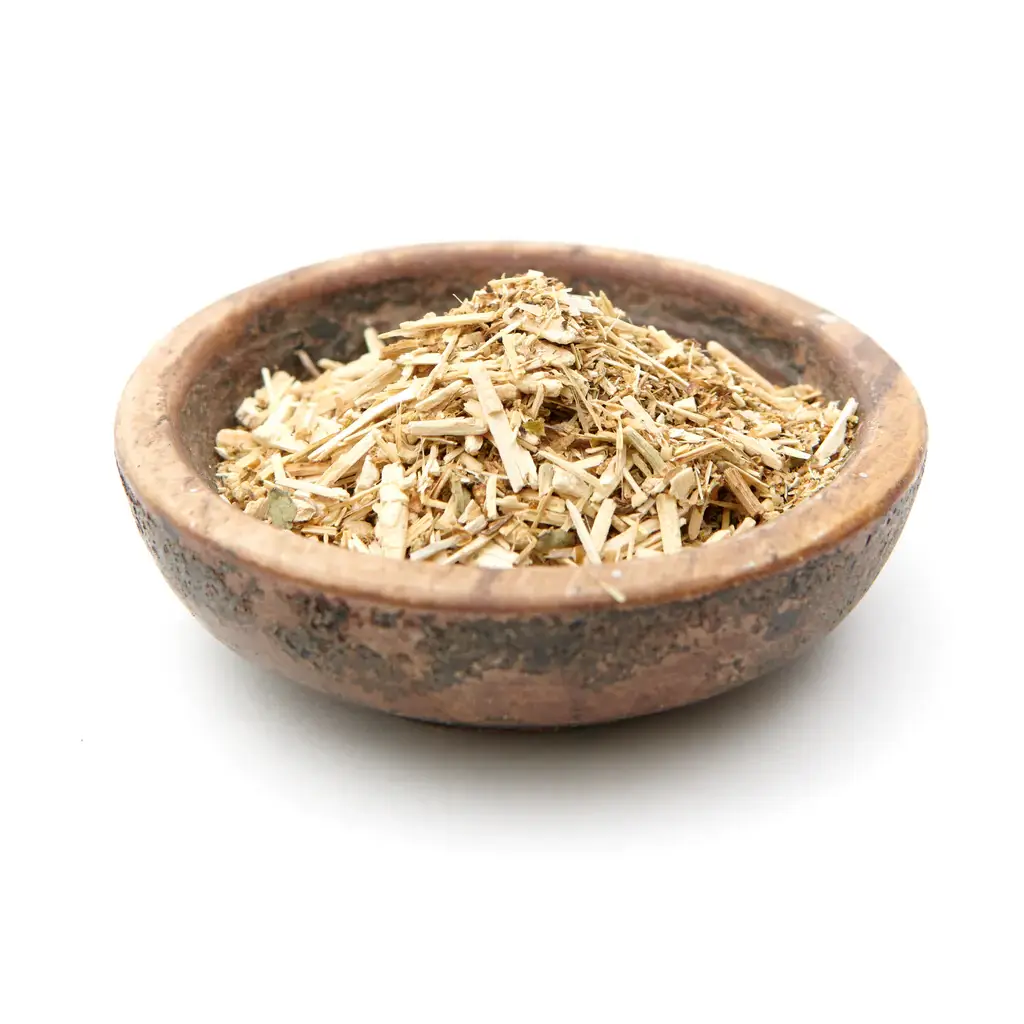
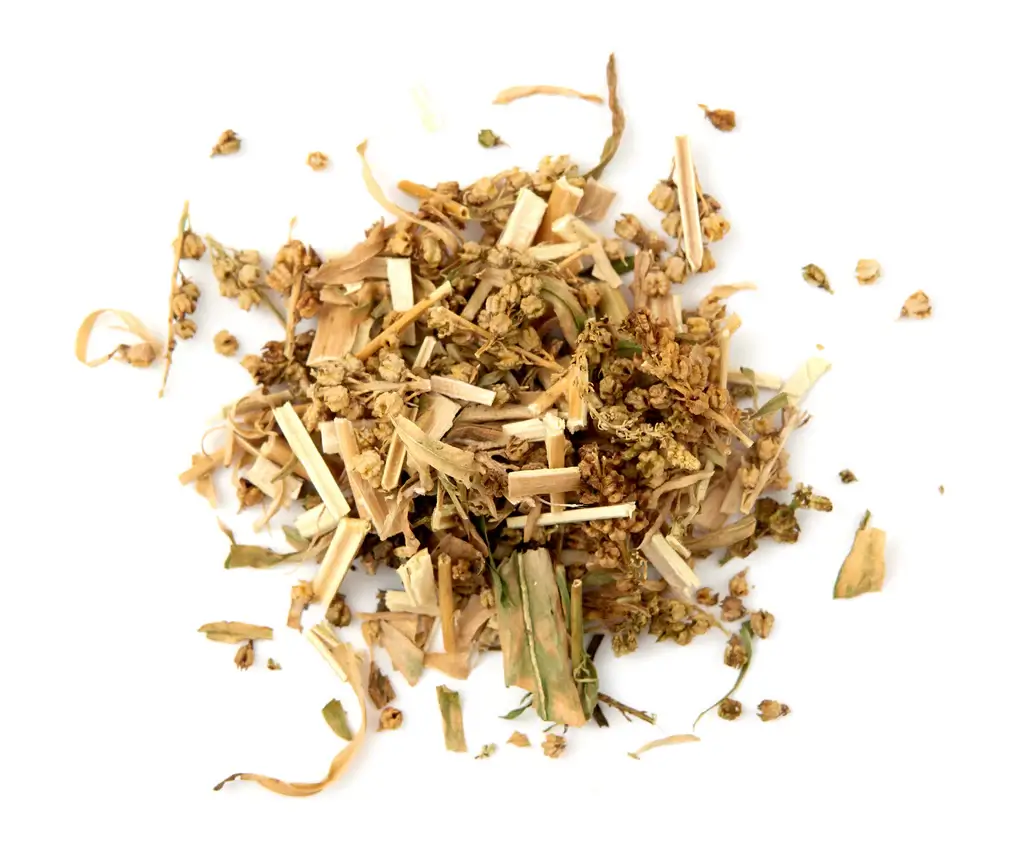

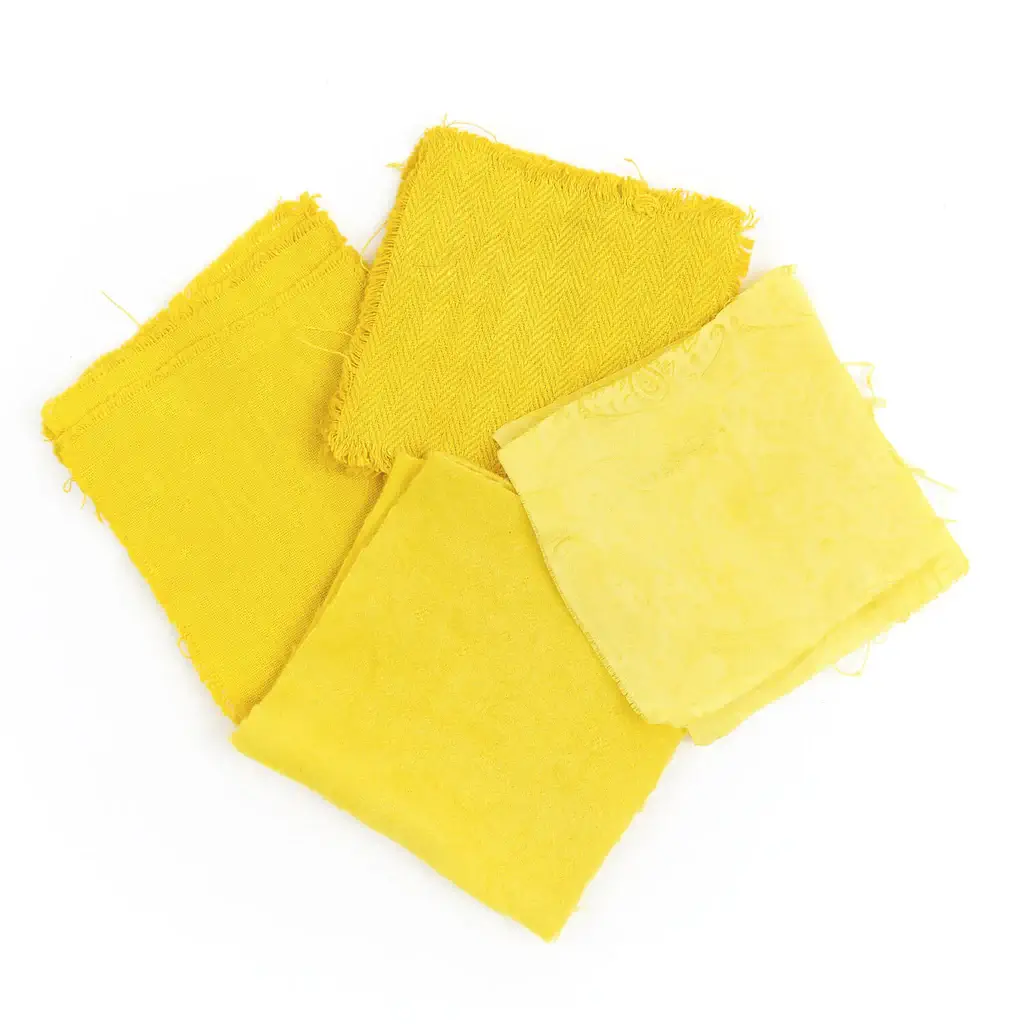
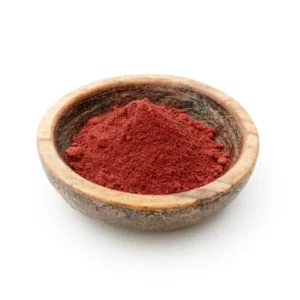
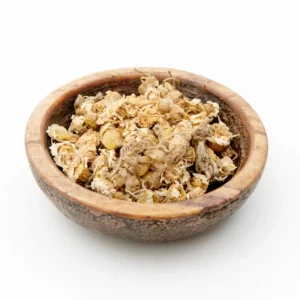
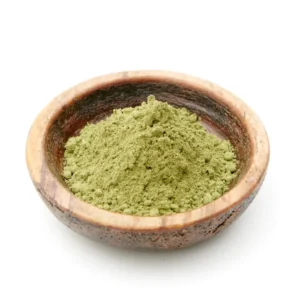
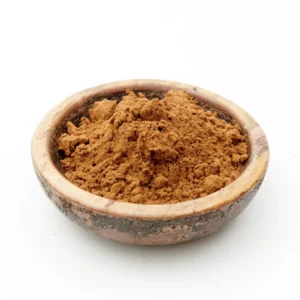

Reviews
There are no reviews yet.